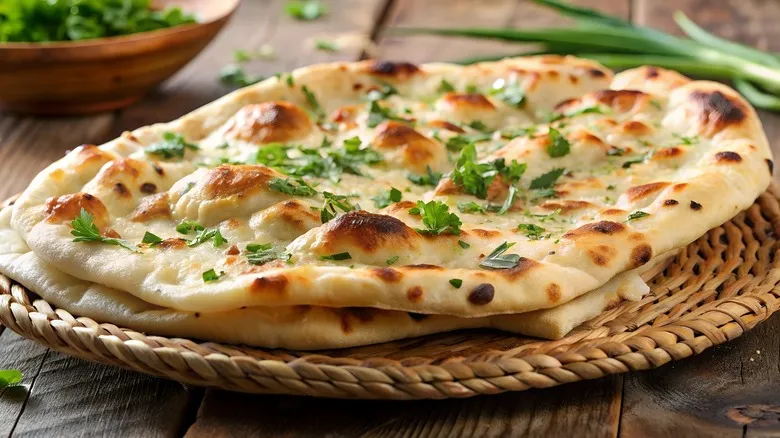Making the naan dough right

The key to perfect naan starts with the dough. Unlike quick breads that rely on baking soda or baking powder for leavening, naan is a leavened bread that uses yeast, which requires sugar and liquid to activate. It's essential to incorporate the right amount of moisture into your naan dough for optimal results. "Incorporate yogurt, milk, or a mix of both into your dough recipe. This not only adds moisture but also fat, contributing to that soft, fluffy texture," advises Varun Inamdar. He also notes, "If you're open to it, adding an egg can be beneficial as well." However, simply mixing the ingredients isn't enough. "Let the dough rest and ferment for a few hours to enhance its elasticity and airiness," he recommends.
The importance of the authentic naan shape
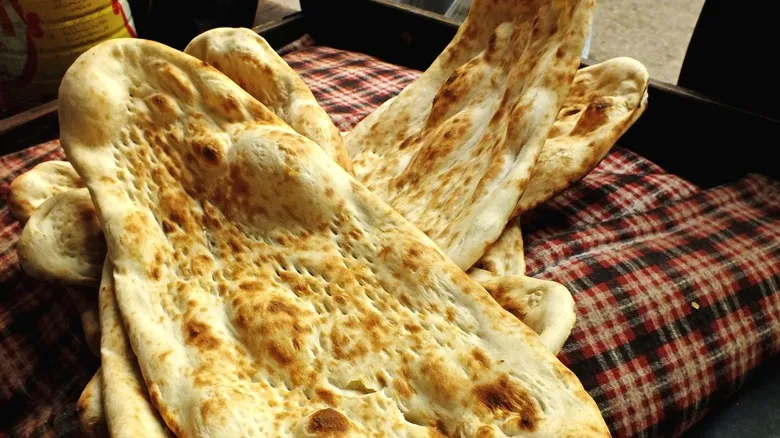
Whenever you order naan or grab some from the grocery store (Trader Joe's naan is an excellent choice for grilled cheese sandwiches), you'll observe that they usually have a tapered form, with one end significantly wider than the other. This might appear to be merely a design feature, but that classic teardrop shape of naan offers more than just visual appeal.
After rolling out the dough, Varun Inamdar emphasizes the significance of shaping the bread authentically. "This thinner tip will cook more quickly and puff up, resulting in the texture that naan is famous for," he explains. While it's generally important to ensure even cooking in baking, with naan, the irregular shape and uneven baking are essential components of the recipe.
The right heat for baking your naan

The primary error that can hinder your efforts to achieve perfect naan at home is related to heat. Traditionally, naan is cooked in a tandoor, which is also where tandoori chicken originates. A tandoor is a clay oven capable of reaching temperatures around 900 degrees Fahrenheit. While you can heat a skillet quite well, the escaping hot air is the key reason why naan made on the stovetop may be good, but not exceptional.
If you have access to a tandoor, it's highly recommended to use it for making naan. For those without one, Varun Inamdar offers a method to replicate that environment in a home kitchen. "Preheat your oven to its maximum temperature (approximately 250°C/480°F). If possible, utilize a pizza stone or a heavy baking tray to imitate the intense heat of a tandoor. Allow it to heat for at least 30 minutes before baking the naan," he advises. Although this temperature isn't as high as a tandoor, pizza stones retain heat in a manner similar to the clay of a tandoor, allowing you to place your naan directly on it, which mimics the traditional technique of pressing naan dough against the inner walls of the tandoor.
How long it takes to cook a perfect naan
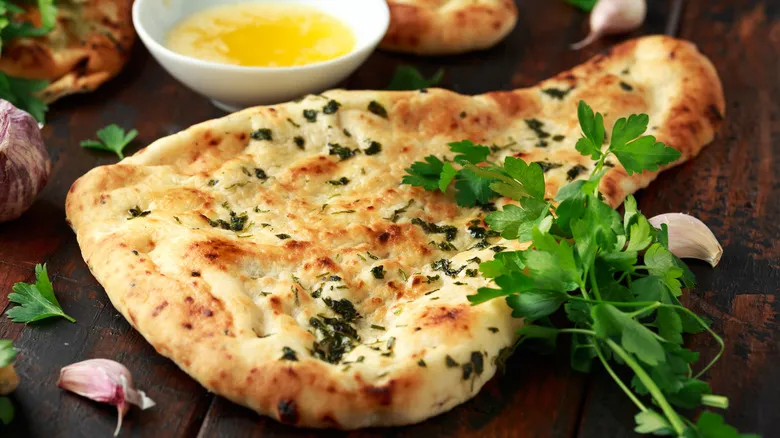
You've prepared your dough, allowed it to ferment for hours, shaped it into a traditional tear-drop form, and patiently waited for your oven to heat the pizza stone. By now, your curry is likely ready, and you're eager to enjoy some naan. The good news is that the ideal method for cooking naan can be summed up in one word: swiftly.
The oven (or, preferably, a tandoor) should be extremely hot, allowing the naan to cook quickly. In fact, leaving it in for more than a couple of minutes can ruin it. Varun Inamdar advises on what to watch for when baking your naan: "Place the rolled-out naan onto the preheated stone or tray, and bake for just 2-3 minutes, until it begins to puff up and develop some charred spots. Be careful not to overbake, as this will dry out the naan."
The final touch before your naan is finished

Certainly! Here’s a rewritten version of the text:
Just because your naan is done baking doesn’t mean it’s ready to eat right away. You wouldn’t want to burn your mouth, but there’s also one final step to give your homemade naan that distinctive taste. "Immediately after taking the naan out of the oven, generously brush it with melted butter to keep it moist and enhance the flavor," advises Varun Inamdar. If you’re looking to elevate it beyond traditional unsalted butter, consider using clarified butter (often referred to as ghee) or adding a hint of garlic for a classic twist.
Recommended
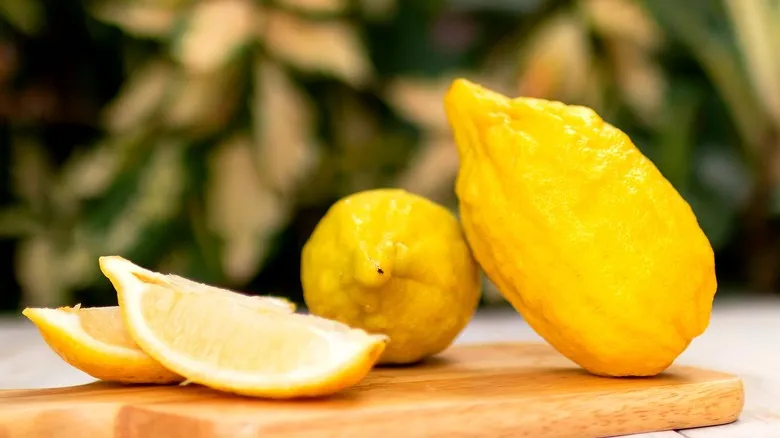
Is An Etrog The Same As A Lemon, And What's Its Significance During Sukkot?
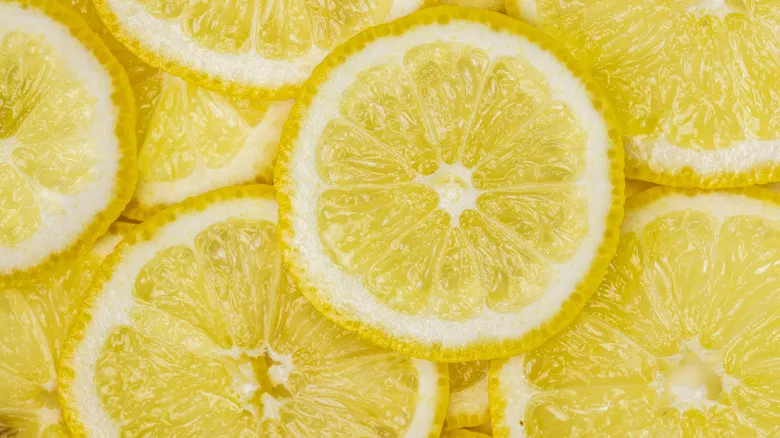
How To Store Leftover Lemons, Zest, And Juice
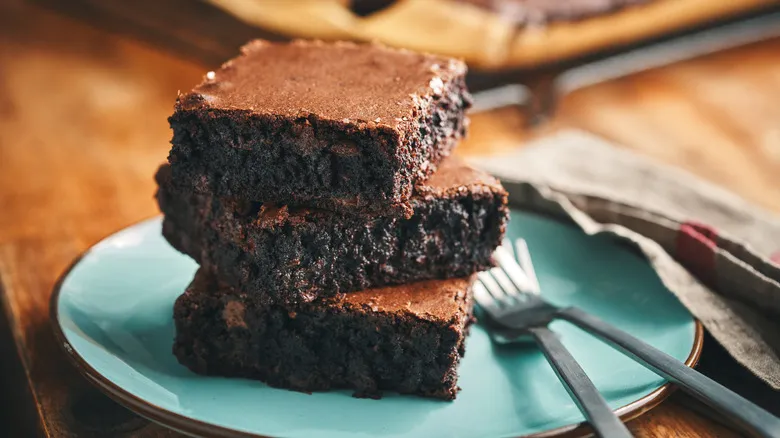
The Simple Addition That Takes Homemade Brownies Up A Notch

Mistakes You Should Avoid Making When Baking Bread
Next up

